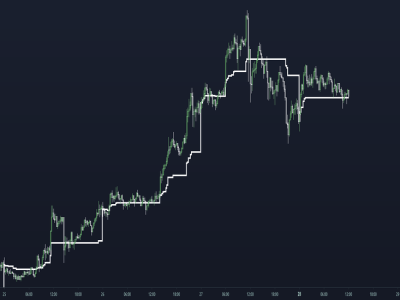Investing with a value mindset means you’re constantly asking one big question: is this company worth more than the price tag the market has put on it? Answering that isn’t about instinct or luck. It’s about taking the time to dig into the numbers. That’s where financial statement analysis becomes essential.
Instead of treating the income statement or balance sheet as a pile of abstract figures, think of them as a story. The chapters show where money is coming in, where it’s going out, and whether the business is quietly building strength or slowly eroding from within.
Why value investors can’t skip the analysis
Plenty of stocks look “cheap” on the surface. A low share price doesn’t always mean a hidden gem; sometimes it signals deeper trouble. By practicing financial statement analysis, you’re not just spotting bargains, you’re filtering out companies that may drag you into value traps.
A steady rise in debt, shrinking margins, or weak cash flow are often buried beneath headline earnings. If you only look at the stock chart, you miss the cracks. The statements, when examined closely, reveal whether profits are durable or just a short-term mirage.
The ratios that matter most
Numbers can overwhelm, but a handful of ratios give you the clearest lens. Used together, they form a reliable compass.
- P/E Ratio (Price to Earnings): Quick gauge of how the market values profits. It’s useful, but don’t trust it blindlyearnings can be dressed up.
- P/B Ratio (Price to Book): Tells you how the market prices a company’s assets compared with their book value. Particularly relevant in industries with tangible assets.
- ROE (Return on Equity): A strong signal of how well management uses capital. Long-term investors often prize a company that consistently posts a healthy ROE.
- Debt-to-Equity: Shows balance sheet risk. Too much borrowing can sink even profitable firms when conditions turn.
- Liquidity Ratios (Current or Quick): Offer a snapshot of how easily a company can pay its short-term obligations. Weak liquidity is often the first crack before bigger trouble.
- Free Cash Flow Yield: Perhaps the most underrated ratio. Unlike reported earnings, free cash flow is harder to manipulate and tells you how much real money is left after investments.
- Interest Coverage: Shows breathing room. If operating profits barely cover interest, future growth may be in jeopardy.
Putting the pieces together
The trick isn’t to memorize these ratios, it’s to connect them. Financial statement analysis works best when you view results across several years. Are margins holding steady? Is debt creeping upward? Does cash flow track with earnings, or is there a widening gap?
One number might be misleading. But a pattern across three or four measures? That’s where confidence grows.
How to approach the process
Start simple: look back five years of reports. Check whether reported profits align with cash generation. Adjust for unusual gains or losses that don’t repeat year to year. Read footnotes carefully and many liabilities hide there.
A habit of thorough financial statement analysis trains your eye to notice inconsistencies quickly. Over time, you’ll learn to sense when numbers feel “off” even before you pinpoint the cause.
Red flags worth noting
- Rising debt without matching growth in earnings.
- Earnings that increase while cash flow weakens.
- Overreliance on one-off “special items.”
- Liquidity ratios falling year after year.
Any single flag isn’t necessarily fatal, but clusters of them usually hint at deeper problems.
Closing thoughts
Value investing rewards patience and discipline, but only when it rests on solid groundwork. That groundwork is financial statement analysis. Ratios aren’t just academic exercises, they’re signposts pointing toward strength, weakness, or sometimes danger ahead.
Look past the surface, piece together the story, and the market’s noise matters less. In the end, the numbers tell you whether you’re buying a genuine bargain or avoiding a costly mistake.












Comments